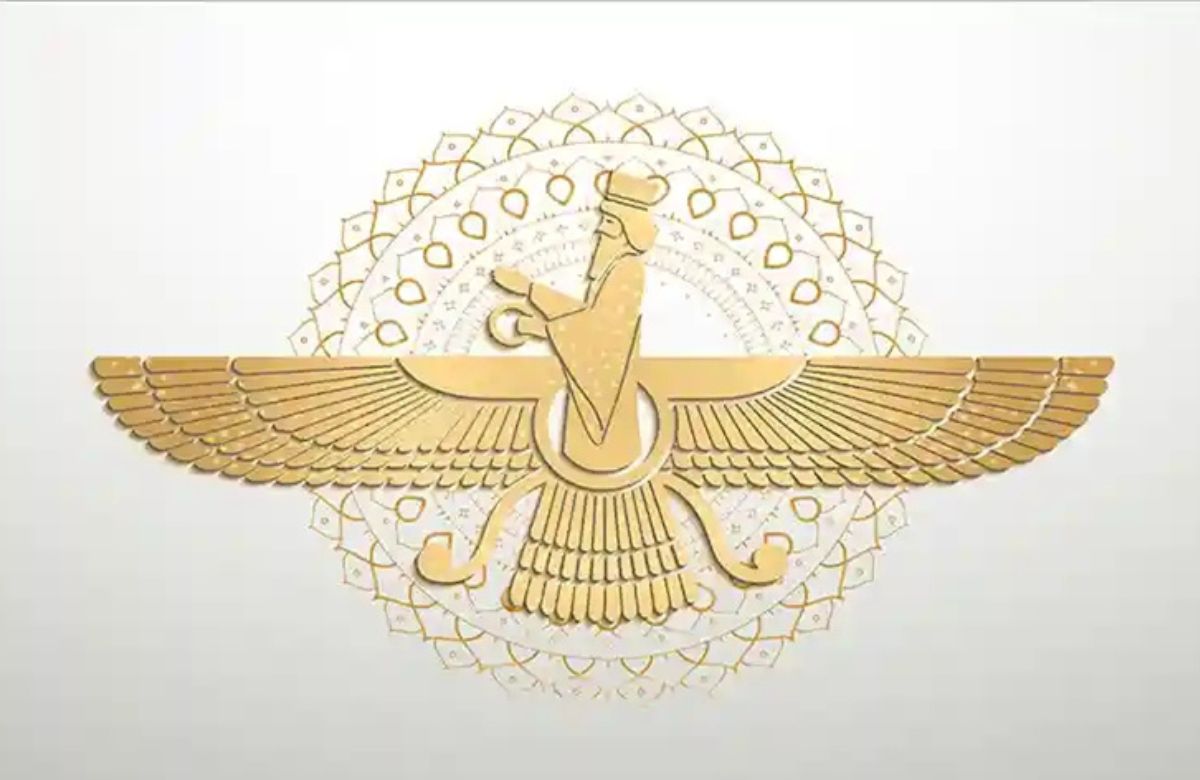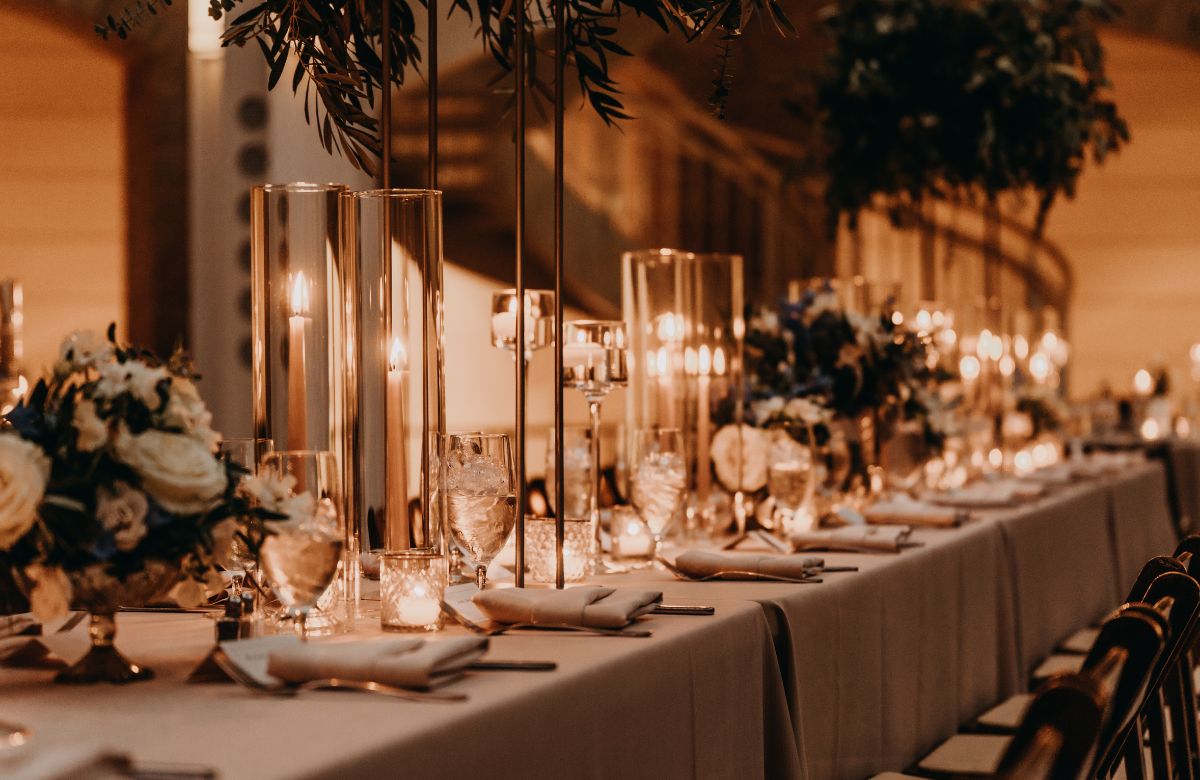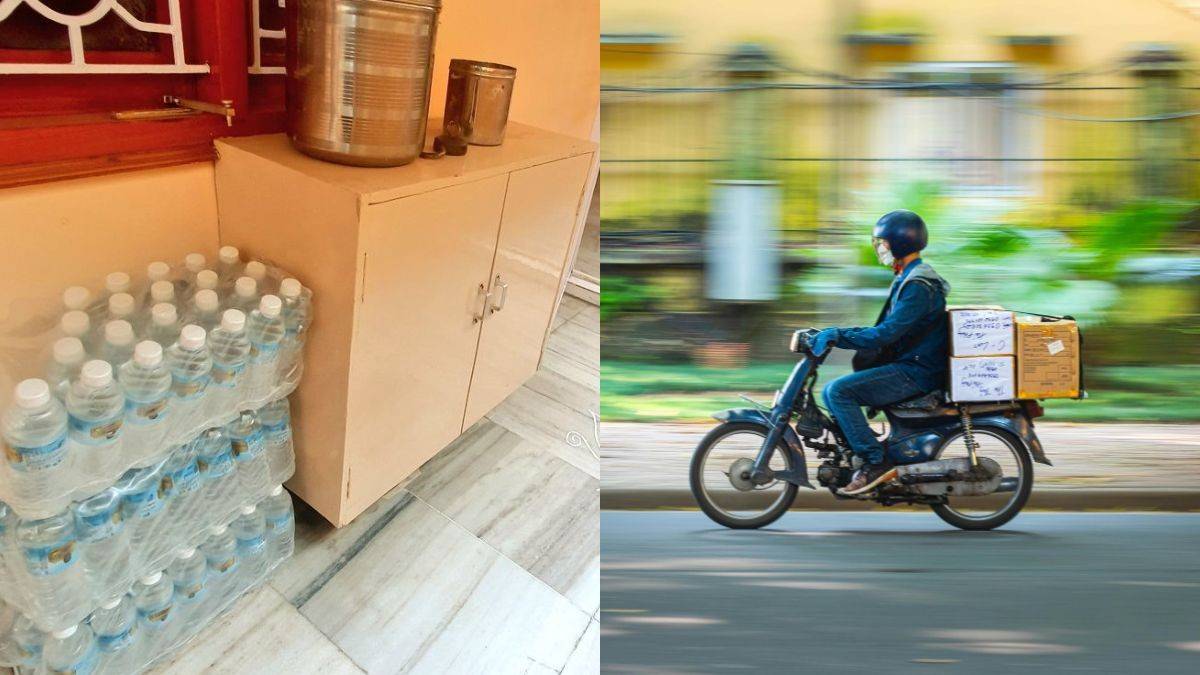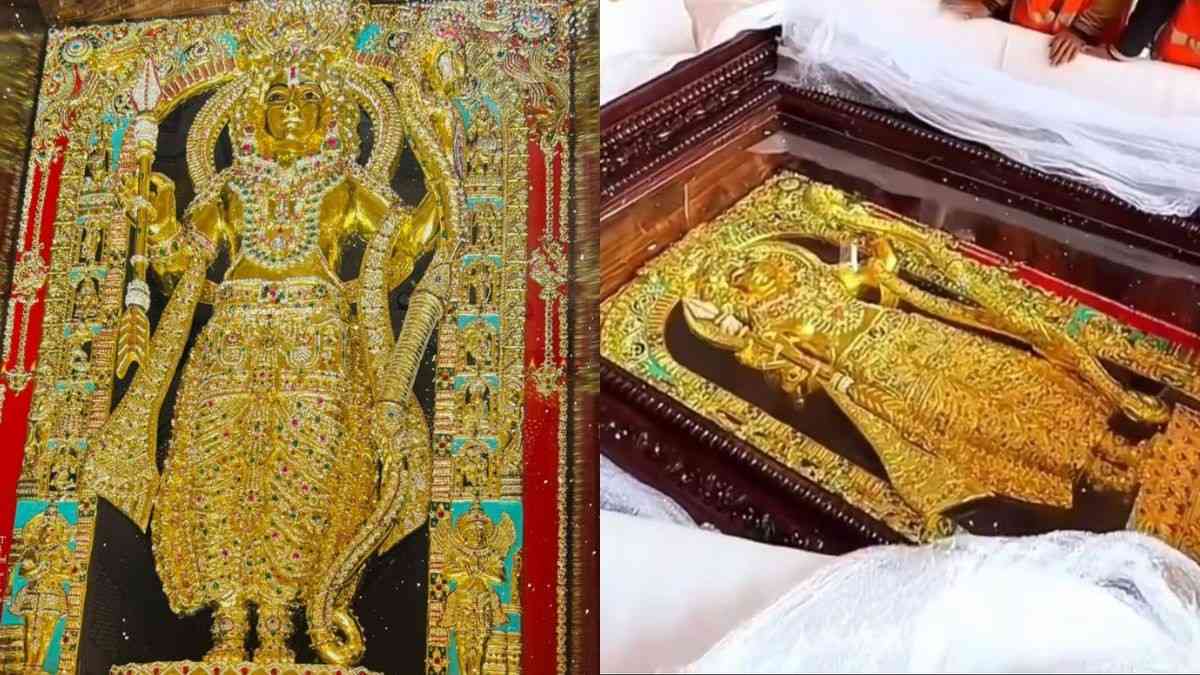Navroz or Parsi New Year celebrates the advent of spring and the revival of nature. Every year, the auspicious day in India falls between July and August. This duality of New Year celebrations carries historical, religious, and cultural significance, offering a unique window into the Parsi way of life.
Why Parsis Celebrate Two New Years?

The roots of Navroz trace back thousands of years to ancient Persia. Then, it was celebrated as a joyous occasion marking the renewal of nature and the start of the agricultural season. With Zoroastrianism as their religion, Parsis have embraced Navroz as an integral part of their cultural and religious identity. Parsis pray and seek blessings for the coming year during Navroz. They reaffirm their commitment to the Zoroastrian principles of truth, righteousness, and compassion.
Due to historical and cultural factors associated with their migration and interactions with many communities, Parsis celebrate the New Year twice. But why?
Based on the vernal equinox, the first Parsi New Year usually occurs on or around March 21. Despite being observed in March, Navroz occurs 200 days later in India. It is again observed in the month of August. The Parsis in this country use the Shahenshahi calendar, which ignores leap years.
People in India observe two different New Years: one based on the Iranian calendar and the other on the Shahenshahi calendar.
Also Read: These Indian Villages in Turtuk Celebrate Nowruz By Engaging In Egg Fights And Painting Eggs
How Do Parsis Celebrate Navroz?

Parsis celebrate Navroz, the Persian New Year and a significant cultural and religious festival, with great enthusiasm and traditional rituals. The celebration typically involves a combination of religious observances, festive meals, cultural activities, and gatherings with family and friends.
On this day, Parsis clean their homes and decorate them with flowers and rangolis. They dress in costume and go to the “Agiary,” or fire temple, where they offer milk, flowers, fruits, and sandalwood to the sacred fire.
Navroz brings families and friends together with traditional Parsi dishes. Additionally, dishes like “Patra Ni Machi” (marinated fish wrapped in banana leaves), “Sali Boti” (spicy lamb curry topped with crispy potato straws), and “Ravo” (a sweet semolina dessert) are often served. Sharing these meals reinforces the sense of community and togetherness.
So, how are you celebrating Navroz?
Cover image credits: Canva
First Published: August 16, 2023 5:18 PM



